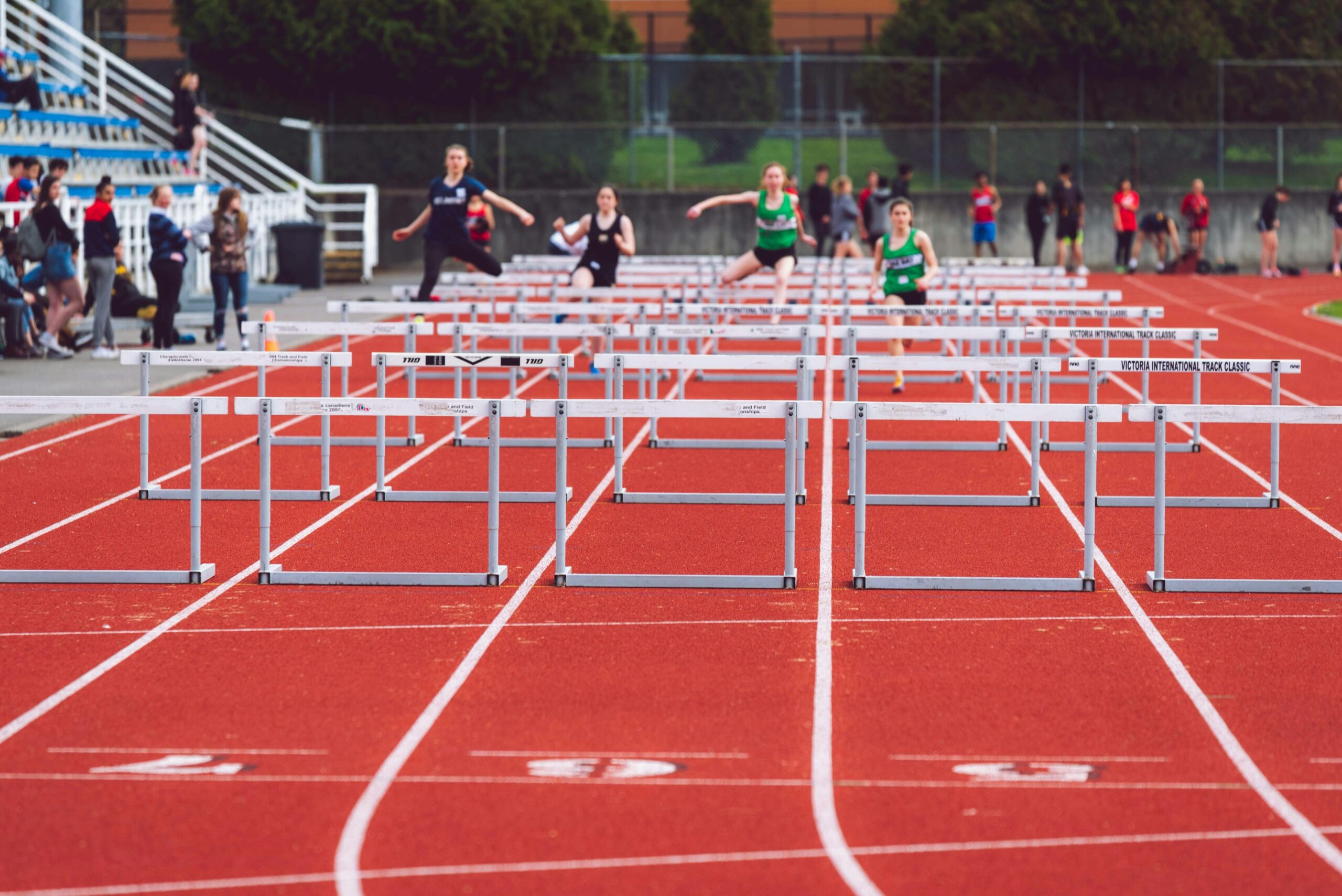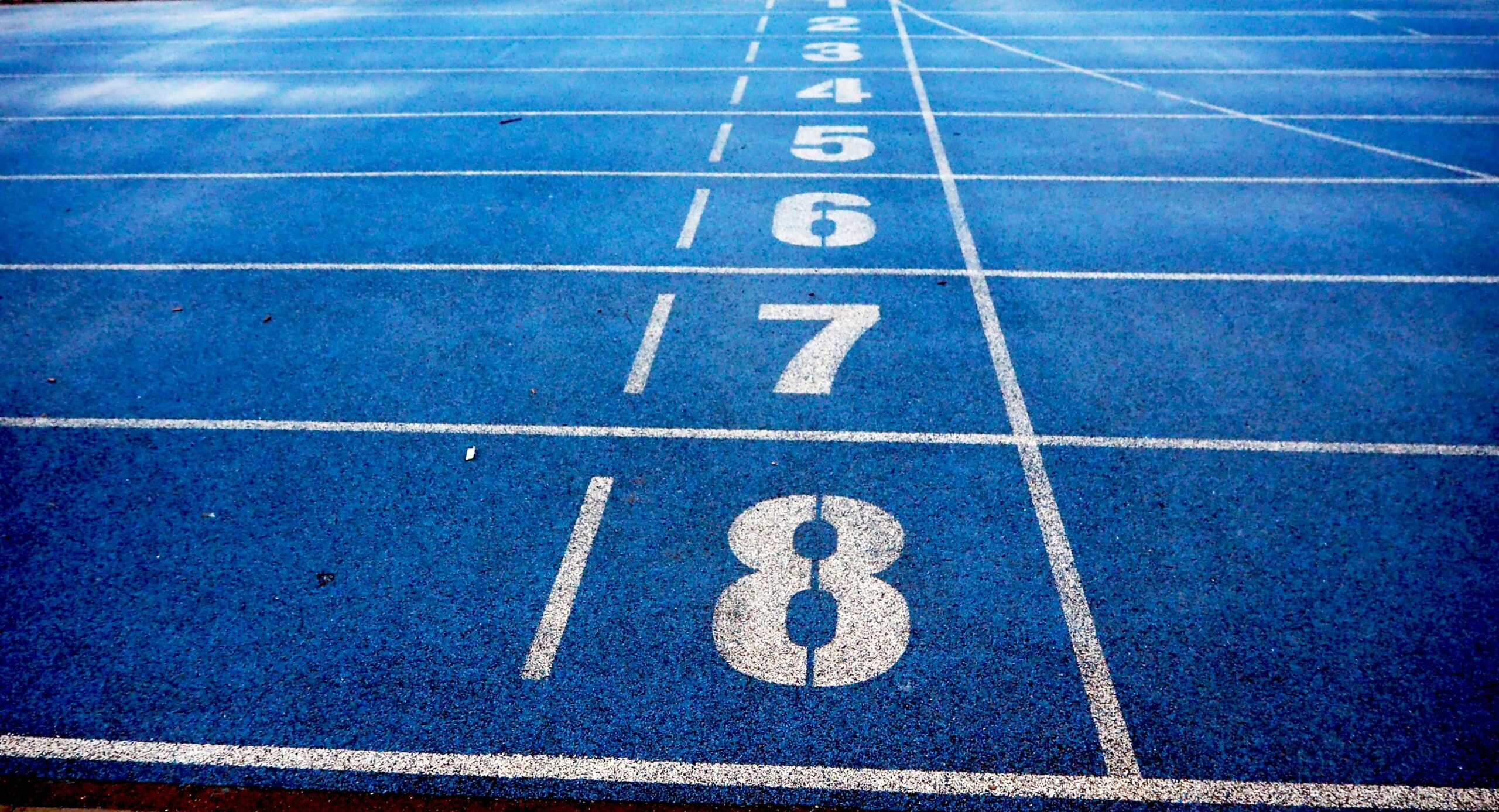
In the world of sports, specialization is often seen as the key to success. However, combining different disciplines can yield surprising benefits. For golfers, integrating running into their training routine can enhance their performance on the course. This post explores how running can benefit golfers, providing tips on nutrition and fueling strategies, the importance of rest days, and other essential aspects of maintaining peak performance. Whether you’re a seasoned marathoner or a novice runner, these insights will help you bridge the gap between the track and the tee.
Running and Golf: A Perfect Match
At first glance, golf and running might seem like two entirely different activities. Golf requires precision, focus, and a calm demeanor, while running is often about endurance, speed, and intensity. However, the two sports can complement each other remarkably well. Here’s how:
Cardiovascular Fitness: Running is an excellent way to boost cardiovascular health. A strong cardiovascular system improves blood flow, helping golfers stay energized and focused throughout a round of golf. The stamina gained from running can prevent fatigue, particularly on the back nine, where mental and physical endurance are crucial.
Mental Toughness: Both running and golf require mental resilience. Completing a long run or a marathon demands perseverance and the ability to push through discomfort—qualities that are equally valuable when navigating a challenging golf course. The mental discipline honed through running can help golfers maintain composure under pressure.
Leg Strength and Stability: Running builds leg strength, which is essential for a powerful golf swing. Strong legs provide a stable base, allowing for better balance and more controlled movements during the swing. This stability can lead to more consistent shots and improved accuracy on the course.
Nutrition and Fueling Strategies
Proper nutrition is vital for both runners and golfers. Ensuring that your body has the right fuel can enhance performance, speed up recovery, and maintain overall health. Here are some key nutrition and fueling strategies for athletes who juggle running and golf:
Balanced Diet: A balanced diet rich in carbohydrates, proteins, and healthy fats provides the necessary energy for both running and golfing. Carbohydrates fuel your runs, while proteins aid in muscle repair and recovery. Healthy fats support overall energy levels and cognitive function.
Hydration: Staying hydrated is crucial. Dehydration can lead to decreased performance and increased risk of injury. Drink water throughout the day and consider electrolyte-rich drinks during long runs or hot days on the golf course.
Pre-Run and Pre-Round Meals: Eating a light meal or snack that combines carbohydrates and protein about 1-2 hours before a run or a round of golf can provide sustained energy. Good options include oatmeal with fruit, a banana with peanut butter, or a smoothie with protein powder.
Post-Activity Nutrition: After running or golfing, refuel with a mix of protein and carbohydrates to aid muscle recovery. This can be a protein shake, a turkey sandwich, or Greek yogurt with honey and granola.
The Importance of Rest Days
Balancing running and golf requires adequate rest. Understanding the importance of rest days cannot be overstated. Rest days allow your body to recover, repair tissues, and build strength, reducing the risk of injury and improving performance. Here’s how to incorporate rest effectively:
Scheduled Rest Days: Plan at least one or two rest days each week. Use this time for light activities like walking or stretching, which promote blood flow without adding stress to your body.
Listen to Your Body: Pay attention to signs of overtraining, such as persistent fatigue, irritability, or a decline in performance. If you feel overly tired, take an extra rest day to ensure full recovery.
Active Recovery: On rest days, consider activities like yoga or gentle swimming. These can help maintain flexibility and muscle tone without the impact of running or the repetitive motion of golfing.
Benefits of Yoga for Runners and Golfers
Incorporating yoga into your routine can offer significant benefits for both runners and golfers. The benefits of yoga for runners and golfers include improved flexibility, balance, and mental focus. Here are some yoga poses and practices to consider:
Sun Salutations: This sequence of poses warms up the body, increases flexibility, and improves circulation. It’s a great way to start the day or warm up before a run or a round of golf.
Warrior Poses: These poses strengthen the legs, hips, and core while improving balance and stability—key components for both a strong golf swing and efficient running form.
Twists and Backbends: These poses enhance spinal mobility and can alleviate tension in the back and shoulders, areas often strained during running and golfing.
Breathing Exercises: Pranayama, or controlled breathing techniques, can help increase lung capacity and promote relaxation. This is beneficial for maintaining calm and focus on the golf course and improving endurance during runs.
Preventing Running Pain to Enhance Golf Performance
Preventing injuries and managing pain are crucial for maintaining an active lifestyle that includes both running and golfing. Here are some strategies to prevent running pain to be able to golf better:
Proper Footwear: Invest in high-quality running shoes that provide adequate support and cushioning. Shoes should be replaced regularly to prevent wear and tear that can lead to injuries.
Warm-Up and Cool-Down: Always warm up before running with dynamic stretches and cool down afterward with static stretches. This helps prevent muscle stiffness and reduces the risk of injury.
Strength Training: Incorporate strength training exercises that focus on the core, hips, and legs. Strong muscles support better running form and reduce the strain on joints and ligaments.
Listen to Your Body: Avoid pushing through pain. If you experience persistent discomfort, take a break and consult a healthcare professional to address the issue before it becomes a serious injury.
Recovery Techniques After a Long Run
Proper recovery is essential for sustaining a high level of performance in both running and golfing. Here are effective recovery techniques after a long run to be able to golfing and keep running:
Hydration and Nutrition: Rehydrate immediately after a long run and consume a recovery meal within 30 minutes. This helps replenish glycogen stores and repair muscles.
Foam Rolling and Stretching: Use a foam roller to massage sore muscles and release tension. Follow up with gentle stretching to improve flexibility and prevent stiffness.
Rest and Sleep: Ensure you get enough sleep, as it is crucial for muscle recovery and overall health. Aim for 7-9 hours of quality sleep per night.
Cold Therapy: Consider ice baths or cold showers to reduce inflammation and speed up recovery. This can be particularly beneficial after intense training sessions or long runs.
Marathon Training Tips for Beginners
If you’re a golfer interested in taking up running more seriously, perhaps even training for a marathon, here are some marathon training tips for beginners to get you started:
Start Slow: Begin with shorter distances and gradually increase your mileage. This helps build endurance without overwhelming your body.
Follow a Training Plan: Use a structured training plan that includes a mix of long runs, speed work, and rest days. This ensures a balanced approach to training.
Stay Consistent: Consistency is key to building endurance and improving performance. Stick to your training schedule as closely as possible.
Join a Running Group: Running with others can provide motivation, support, and valuable tips from more experienced runners.
Invest in Gear: Proper running gear, including shoes, clothing, and accessories like hydration packs, can make training more comfortable and enjoyable.
Conclusion
Integrating running into your golfing routine offers a range of benefits, from improved cardiovascular health and mental toughness to enhanced leg strength and stability. By following these tips on nutrition and fueling strategies, understanding the importance of rest days, and adopting recovery techniques, golfers can elevate their game and enjoy a healthier, more balanced lifestyle. Remember, the key to success lies in listening to your body, maintaining a consistent routine, and embracing the synergy between running and golf. So, lace up your running shoes and hit the track—your golf game will thank you.
If you enjoyed this article, click here to discover more related content and insights






